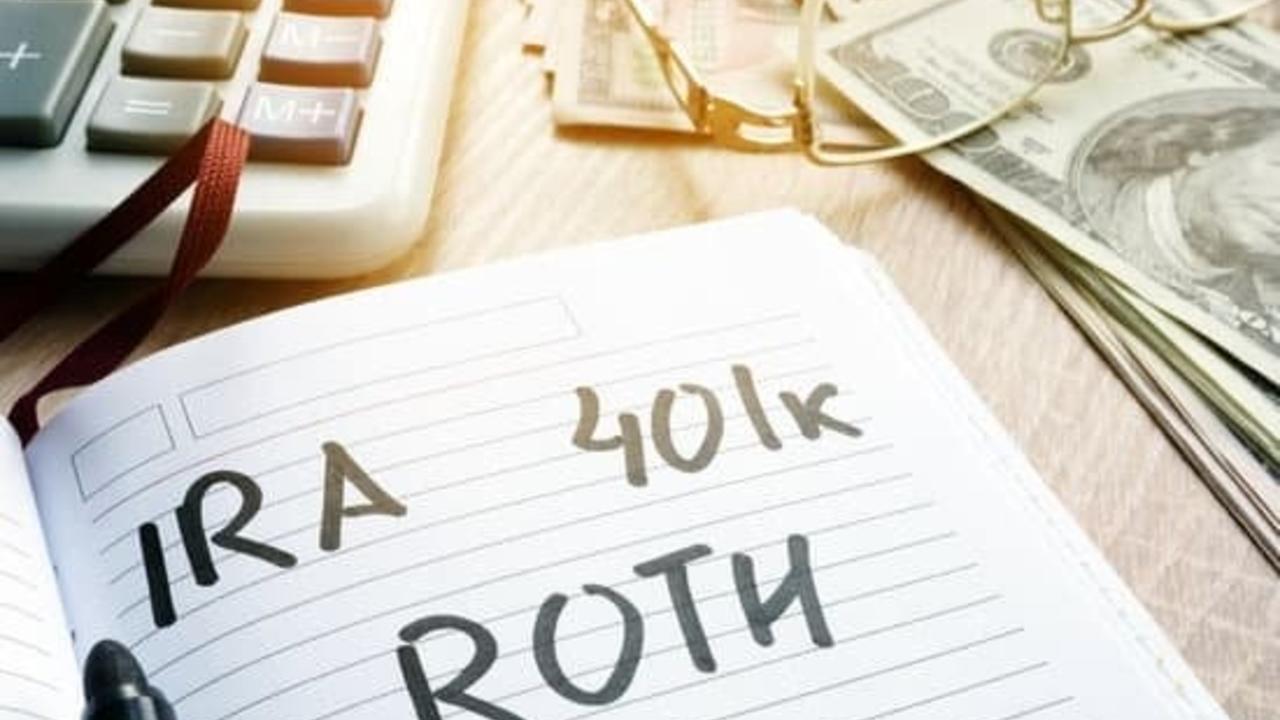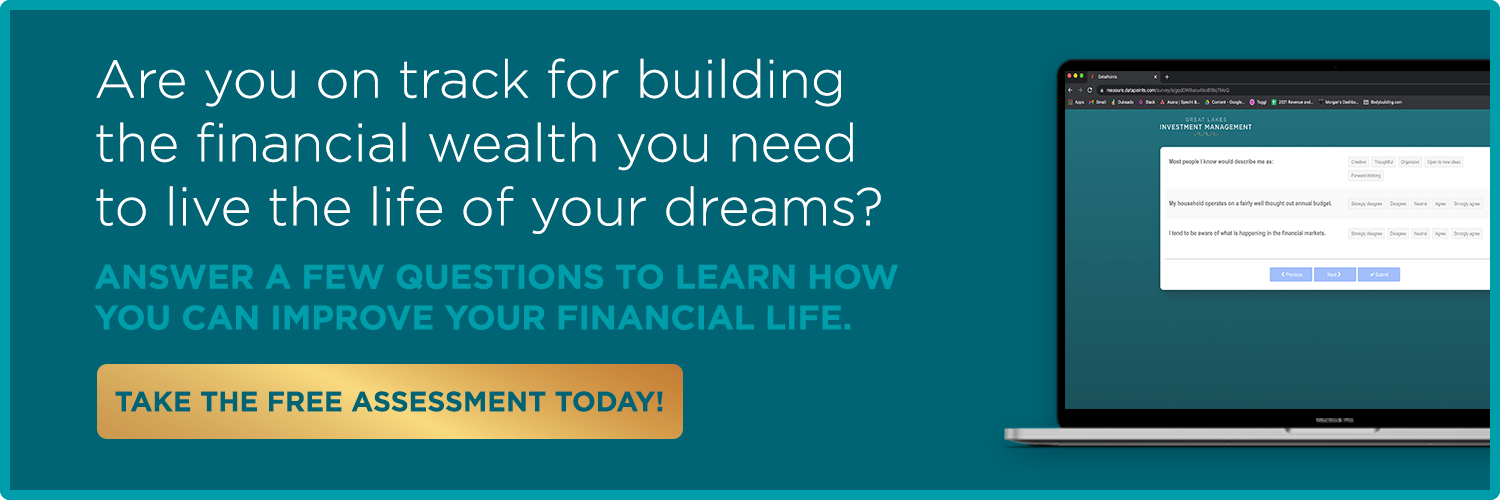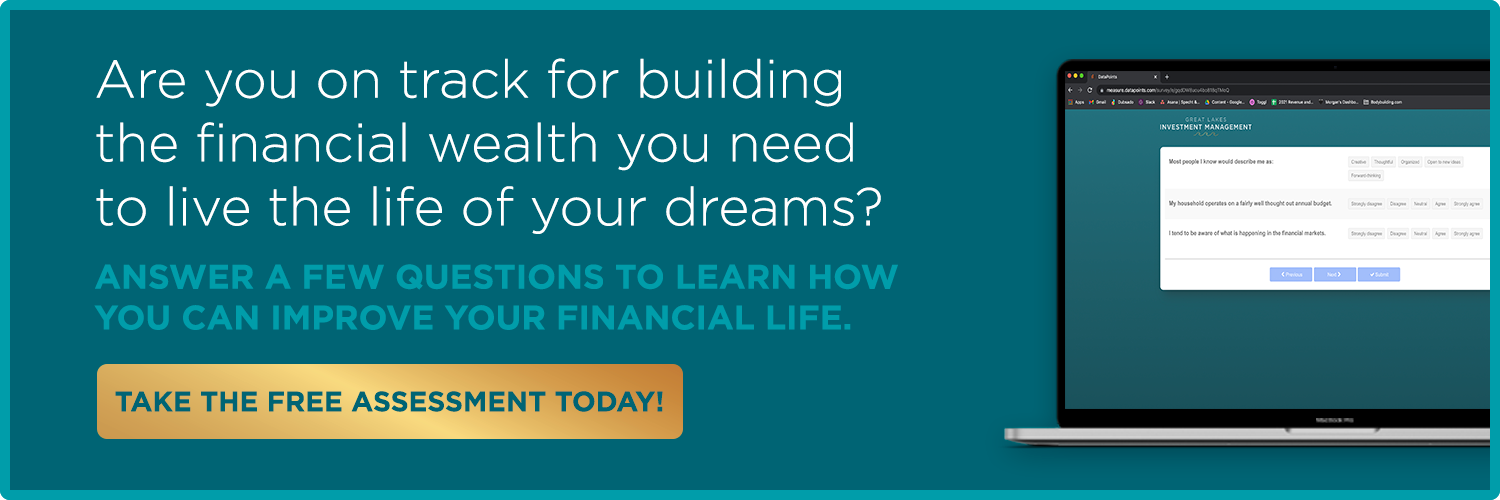Our Intentional Blog
Back to the Investment Basics Part 2: First Save, Then Invest

In our last blog post, we discussed how recency bias can damage your investments by causing current crises to loom large, while rewriting your memories of past challenges. Recency tricks us into overpaying during heady times, and bailing at bargain rates, when our confidence fades.
One of the best ways to combat recency bias is by focusing instead on the basics that have served investors well for centuries.
In our blog post series, we’ll cover five of our favorites:
- You can’t invest if you haven’t saved.
- Markets are inspired by ingenuity, tempered by diversification.
- The price you pay matters.
- Patience is a virtue.
- Investing is personal.
Today, let’s talk about saving.
Saving Is a Super Power
Before you can invest, it’s important to save. However, knowing this is true doesn’t make it easy to do. Bottom line, saving means giving up something today so you’ll have something in the future.
Saving also isn’t as exciting as investing. When you invest, t...
Interest Rates, Inflation, and Investment Strategy - Part Three: Investing in Uncertain Times

After taking a closer look at interest rates in part 1 and inflation in part 2, we come to the heart of the matter: When interest rates, inflation, or both are on the rise, what should an investor do?
The big picture overview is that the team at Great Lakes Investment Management is continuing to deploy the same core principles and values we use to help people invest across time and through various market conditions.
These include:
- Building and maintaining personalized investment portfolios of stocks, bonds, select alternative investments, and cash reserves
- Minimizing exposure to concentrated investment risks through global diversification
- Reducing the impulse to act on fear, excitement, and similar reactions to unfolding news
- Keeping an eye on tax ramifications and other costs
These core principles become even more important during increased geopolitical uncertainty and economic stress as they serve to guide you past any periods of doubt.
Future Uncertainty
With so much g...
Interest Rates, Inflation, and Investment Strategy - Part Two: Understanding Inflation

In our last blog post, Understanding Interest Rates, we discussed how rising and falling interest rates can impact a healthy economy. In this post, we’re going to talk about inflation - what it is and how it’s affecting our financial plans. This is a question that many investors are asking themselves these days and it’s important to understand if and how inflation has been contemplated as part of your financial plan.
How Is Inflation Measured?
Inflation is the rate at which money loses its purchasing power over time. As you might guess, there are many ways to measure this. There are various economic sectors, such as energy, food, housing, and healthcare, which can complicate the equation by exhibiting wildly different inflation rates at different times. There is ongoing debate over which figures are most relevant under what conditions.
There’s also today’s inflation rate, versus the rate at which inflation has changed or is expected to change over time.
For example:
- Measured by...
Interest Rates, Inflation, & Investment Strategy - Part One: Understanding Interest Rates

Part One: Understanding Interest Rates
If you’ve been concerned about rising interest rates, you’re not alone. With rates at historically low levels for so long, it’s something we’ve been preparing for for a while now. Still, it’s something we will continue to keep a close eye on and we want you to have a solid understanding of what this means to you.
In March, The Federal Reserve raised its federal target funds rate by a quarter point. It was the first increase since December 2018, but it wasn’t a huge surprise. Fed Chair Jerome Powell had already said we should expect as much, with the potential for additional increases before the year-end.
Along with interest rates, inflation remains a related topic of conversation, not to mention the economic toll and humanitarian tragedy being wrought by Russia’s actions. Unfortunately, there is only so much we can do to alleviate the heartbreaking news coming out of Ukraine.
But as a financial planner, I can at least help you put these rela...
Tax Tips for the End of the Year

Is it just me, or do you also feel like the last two years have flown by? It’s always a busy time of year with the holidays, but it’s important that we take some time to financially prepare for the end of the year and the beginning of a new year.
Here are some things to consider as you weigh potential tax moves before the end of the year.
Defer Income to Next Year
Consider opportunities to defer income to 2022, particularly if you think you may be in a lower tax bracket then. For example, you may be able to defer a year-end bonus or delay the collection of business debts, rents, and payments for services in order to postpone payment of tax on the income until next year.
Accelerate Deductions
Look for opportunities to accelerate deductions into the current tax year. If you itemize deductions, making payments for deductible expenses such as medical expenses, qualifying interest, and state taxes before the end of the year (instead of paying them in early 2022) could make a differenc...
Retirement Plan Options for Business Owners

You may be familiar with traditional retirement plans available to employees, but there’s a lot of confusion about retirement plans for self-employed or business owners. The great news is that if you are self-employed or own a business, you can create retirement plans for yourself and any employees you have. Having a retirement plan option for your employees can even benefit your business by attracting quality people who are in it with you for the long haul!
Either way, a huge advantage of having a retirement plan is that you’re able to begin saving for the future. The earlier you start saving, the better, but there is by no means a “wrong” time to start investing or contributing to a plan.
The Benefits of Having a Retirement Plan
Like I mentioned before, having a retirement plan could help you attract qualified employees who wish to stay with your company. This is true whether you have 2 or 200 employees.
Also, in the case of qualified plans and some nonqualified plans, a retire...
3 Benefits of a Self-Directed 401(k) or 403(b)

A self-directed 401(k) or 403(b) is an additional investment option to the traditional retirement plans offered by your employer. It might be available to you and you don’t even realize it. In those traditional plans, your employer pre-approves funds you can invest in, whereas a self-directed 401(k) or 403(b) allows for a little more flexibility in choosing what you can invest in.
Whether it’s you or someone outside your company’s organization, the option of a self-directed 401(k) could be great for you if you like having a little more say in where your money goes. It’s important to note that not all employers offer this option, so check with your organization to see if you’re able to participate in a self-directed brokerage of your investments.
Do you know what’s happening with your money?
I can’t tell you how many people I’ve talked to who have no idea how their 401(k) is invested. It’s usually not managed well because they don’t know how to select their investments nor do they...
How the CARES Act Could Impact Retirement Savings

The coronavirus has created some interesting situations around money and managing investments, one of which is the CARES Act. The CARES Act (Coronavirus Aid, Relief, and Economic Security Act) includes a number of ways to help retirement savers find relief in an economically turbulent time.
A few benefits of the CARES Act include… Required Minimum Distributions (RMDs) for 2020 have been suspended and if you’ve already taken a distribution, you may be able to return it. Loan repayments from workplace retirement plans could also be delayed.
Additionally, the IRS has relaxed the rules around early distributions of retirement plans. The 10% penalty is waived for “coronavirus-related distributions” of up to $100,000 in 2020 if you take the distribution before age 59.5. This includes both IRAs and 401(k)s, as well as 403(b)s, 457(b)s, and similar tax-deferred plans.
Coronavirus-related distributions apply to individuals or spouses who have been diagnosed with COVID-19 or have been finan...
Roth IRA vs 401(k) - What’s the Difference and Why Does it Matter?

Whether you’re starting a new job that offers retirement savings options, or you’re looking into managing your investments yourself, it’s easy to get overwhelmed. If you feel like investment lingo is too far beyond your wheelhouse to tackle, learning about the different types of retirement account is a good place to start. In this case, get a basic understanding of the differences between a Roth IRA vs 401(k). Let's work through what each of those types of accounts is, how to use them, and the pros and cons of each. Spoiler alert: Some people are eligible to take advantage of both account types.
What is a 401(k)?
A 401(k) is an employer-sponsored savings plan, which is often included in the benefits package of a full-time job. If your job offers a 401(k), you can sign up through your employer. The account is then managed through the financial institution of your employer’s choosing.
Once you’ve signed up for your 401(k) account, you’ll have the option to fund the account directly...






